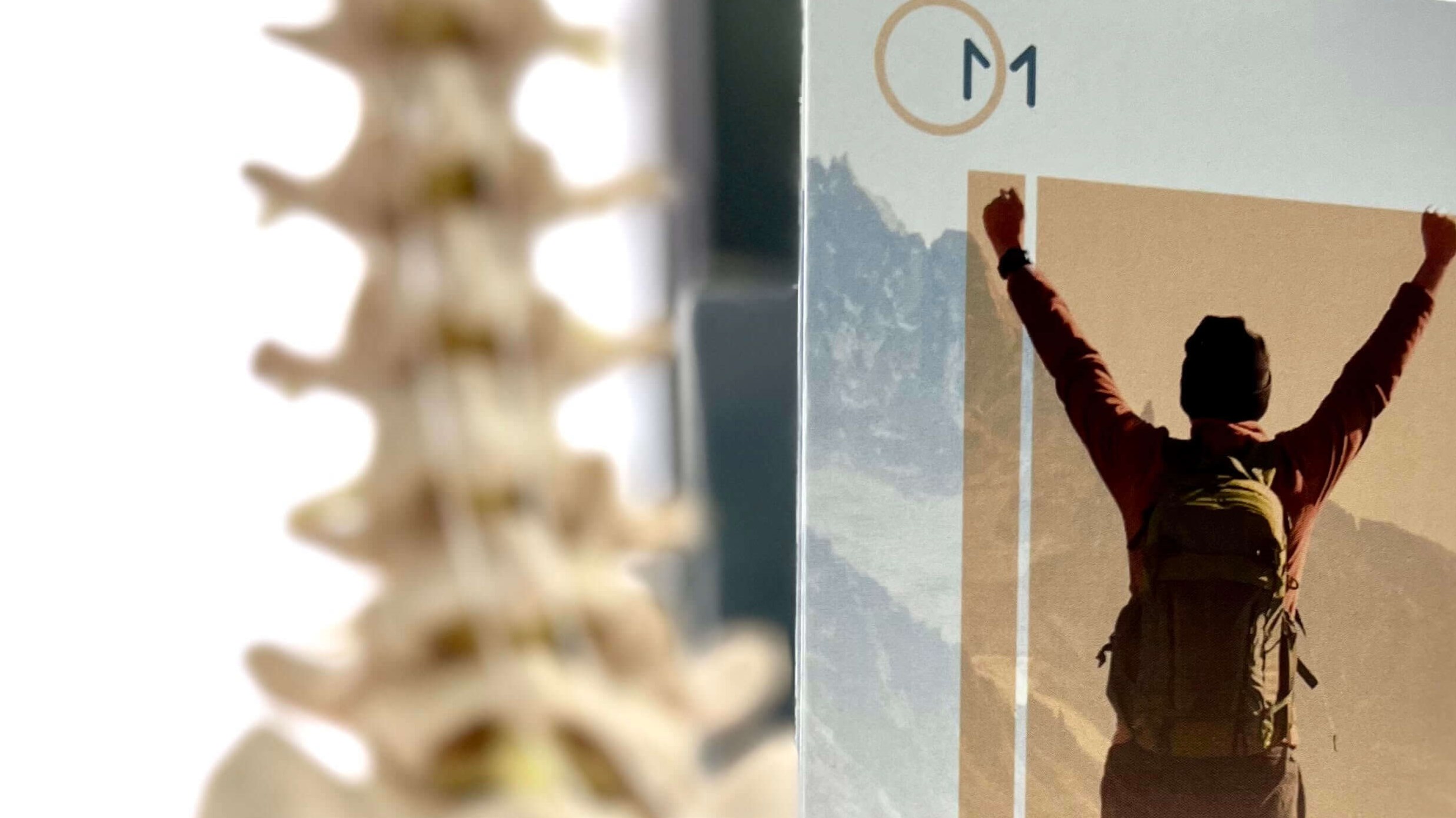Regenerative Medicine as a Sports Surgery Alternative
&srotate=0)
Kickstarting the Body’s Natural Healing Process
You’ve heard this story time and time again: a talented athlete, nearing the peak of their career, having their dreams cut short following a devastating injury. Perhaps you’ve seen it play out this way with a loved one, or maybe even yourself. No matter who with, the moral of the story is that the human body and one’s dreams can be quite fragile; no one is free from a potential surgical complication, an unexpected relapse of injury, or just general bad luck. Oftentimes, any of these will leave you with a musculoskeletal impairment and forever-limited functionality, even after traditional healing has run its course.
Years ago, the field of orthopedics had reached a ceiling for how to treat such injuries and limitations. It wasn’t until a new path emerged aside from surgery and physical therapy that offered patients new potential to have their chronic pain healed, and not just managed. Regenerative medicine, as this new sector within pain management has been termed, encompasses the various treatments whose common purpose is to resume and redirect the body’s natural healing process in targeted areas. Specific biological products derived from a patient’s own body are most often used to resume and accelerate the healing of injuries.
Getting Started on the Journey Towards Healing
Typical pursuit of these procedures begins with a qualified physician consultation to determine which PRP for sports injuries procedure(s) are a good fit. In the United States, available procedures fall into three main categories: bone marrow concentrate (BMC)-derived products, blood-derived products, and extracellular matrices (ECMs). BMC-derived products contain stem cells, which are isolated and injected into the regions most requiring healing. Blood-derived products contain platelets, which are isolated, concentrated to predetermined levels, and injected similarly into the damaged tissue. Finally, ECMs involve biomaterials that act as a scaffold to allow for cell growth within torn tissue.
Once a specific regenerative medicine procedure is chosen by the patient-doctor team, the doctor would then perform the respective extraction, processing of the sample, and inject the concentrate to the problematic area. Following this visit, the patient may need to return at a later date for repeat injections to ensure efficacy and consistency of the healing process. The process of resuming healing may be compared to the starting of a lawn-mower: the regenerative medicine pulls the cord to jumpstart the engine and get the entire machine running again.
How Does Regenerative Medicine Compare to Surgery?
In contrast to traditional alternatives to orthopedic surgery and physical therapy, the usage of regenerative medicine aims to be as noninvasive as possible, often using ultrasound-guided injections rather than traditional surgical methods. This branch of regenerative medicine therefore falls under the umbrella of interventional orthopedics. As these treatments to optimize and focus your body’s healing become more popular, an increasing number of individuals are turning their backs to surgery. This is further encouraged by the less-risky options of regenerative medicine appearing to offer similar long-term benefits.
Regenerative medicine also offers new hope for patients whose damage is unable to be healed with methods such as physical therapy, but isn’t severe enough to warrant invasive surgery. Partial tears in the rotator cuff or in cruciate ligaments like the ACL are prime examples of such cases. For many others too, integration of regenerative medicine into their treatment plan offers another—or in some cases, the only—realistic path to healed and healthy tissue. Not to mention, regenerative medicine also provides a minimally-painful experience for the patient, while also offering a much smoother path to full recovery than surgery.
We might know a place that can help…
At Ospina Medical, we are thrilled to be at the forefront of these new medical advancements. We offer interventional sports medicine procedures, such as PRP and Stem Cell therapies that respectively harness the healing abilities of platelets isolated from blood, and stem cells isolated from bone marrow concentrate. In line with our philosophy of providing our patients with personalized and ethical service, we believe that regenerative medicine will truly change the way we deal with sports injuries, and will revolutionize our patients’ entire healing process.
Written by: Mohammed Sharaf
Edited by: Camden Rowe